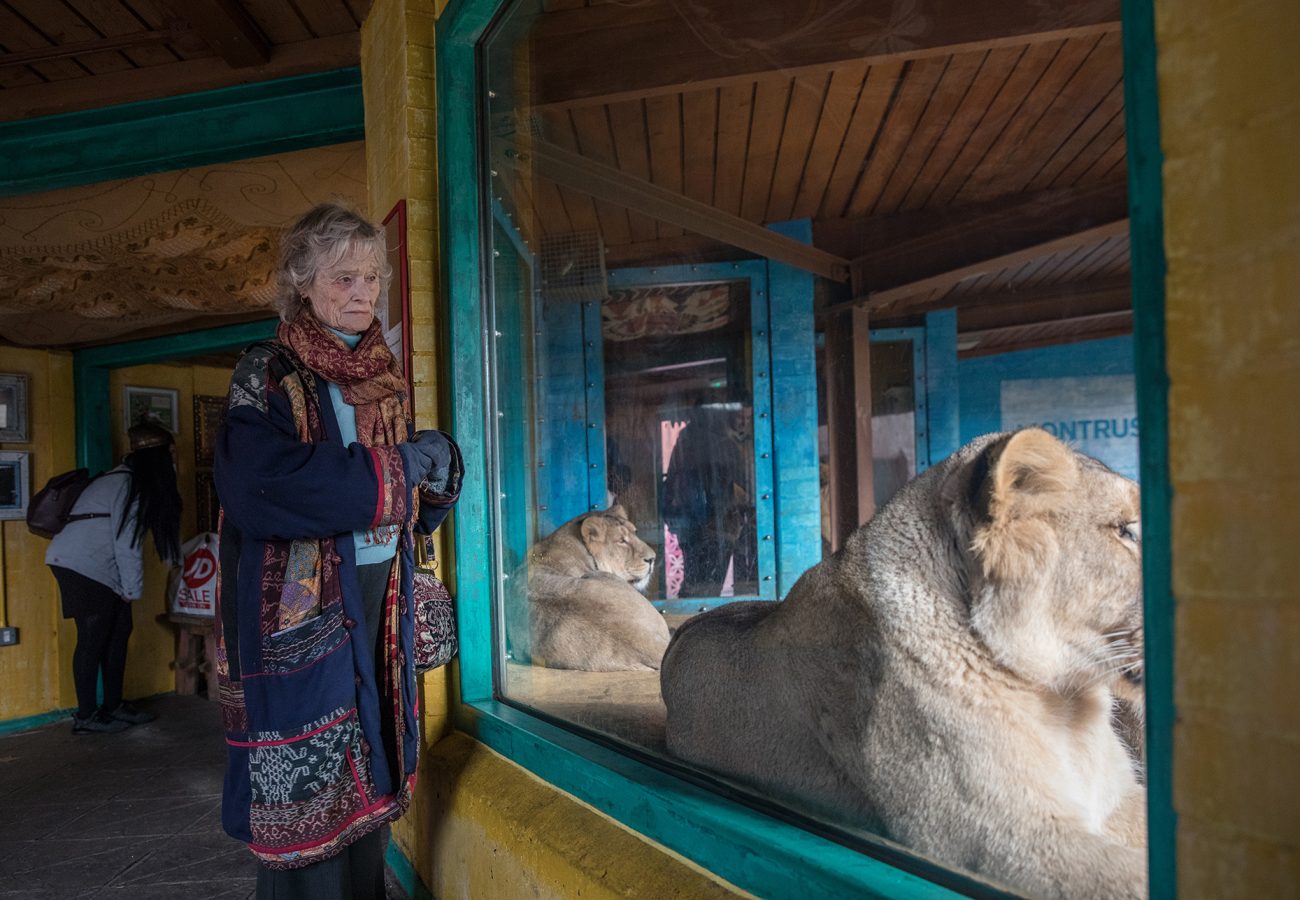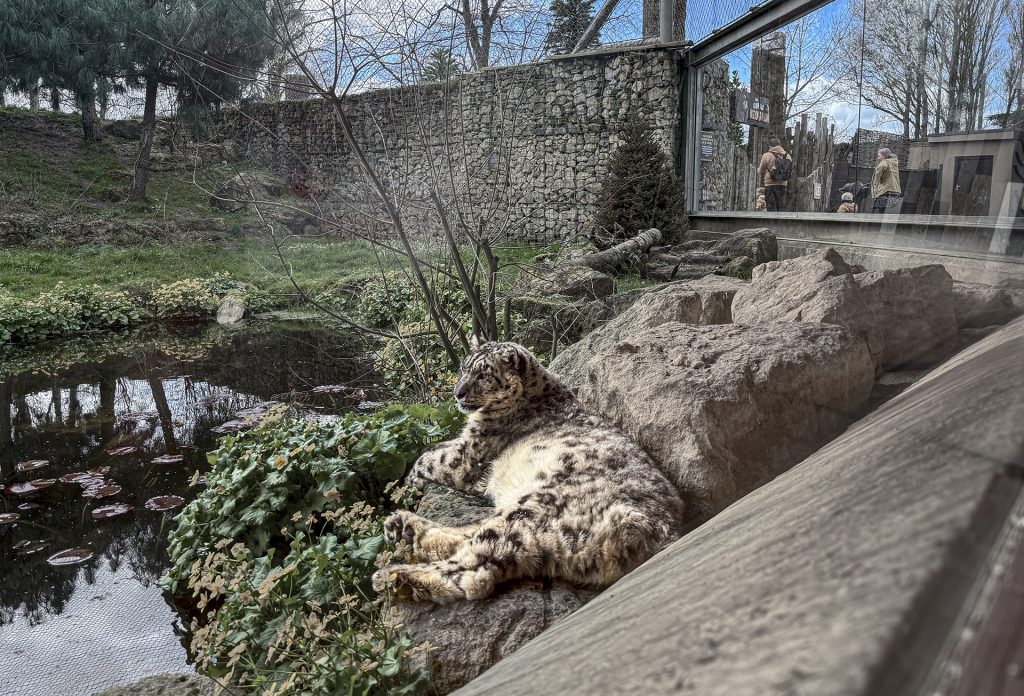We believe that zoos present a distorted view of the lives and behaviour of wild animals. It is not necessary to subject an animal to life in captivity to teach children and adults about wildlife.
It is clear from the behaviour of zoo visitors that most do not linger long enough at the enclosure, if the animal is not active, to gain any insight or understanding of the animals on show. We don’t believe it is necessary to see an animal in the flesh, as many zoos claim, to stimulate a passion for wildlife and conservation.
There are a number of factors which influence whether a child will acquire and retain an interest in something, not just seeing it in person. Many children are knowledgeable about and fascinated by dinosaurs and yet most have never even seen skeletons in museums; the fascination has instead been inspired by books, films, and online resources.
When people love animals, we understand that they want to experience them up close. However, it’s important to remember that experiencing wildlife that is native to another country is a privilege, not a right. Evidence also doesn’t indicate that zoos have a positive educational impact on children or adults, and viewing wild animals in small zoo enclosures can present an extremely distorted impression of the nature and behaviour of animals and their place in the natural world.
Instead, we encourage people to experience native UK wildlife at nature reserves, greenspaces and in their gardens and backyards. Watching TV programmes like Planet Earth are also a great way to learn about wildlife and nature around the world. We can all enjoy wild animals in a way that doesn’t harm or exploit them.

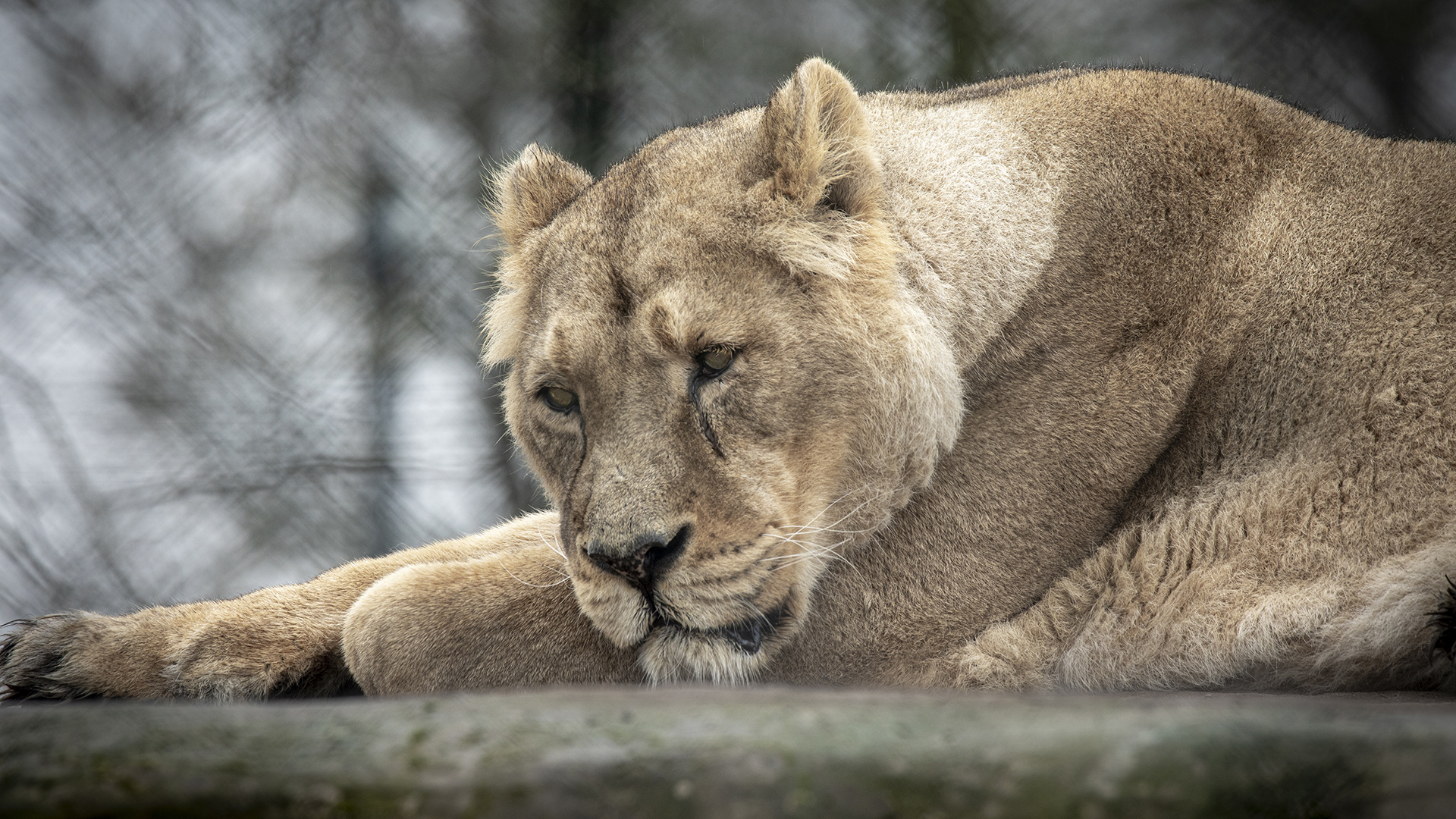
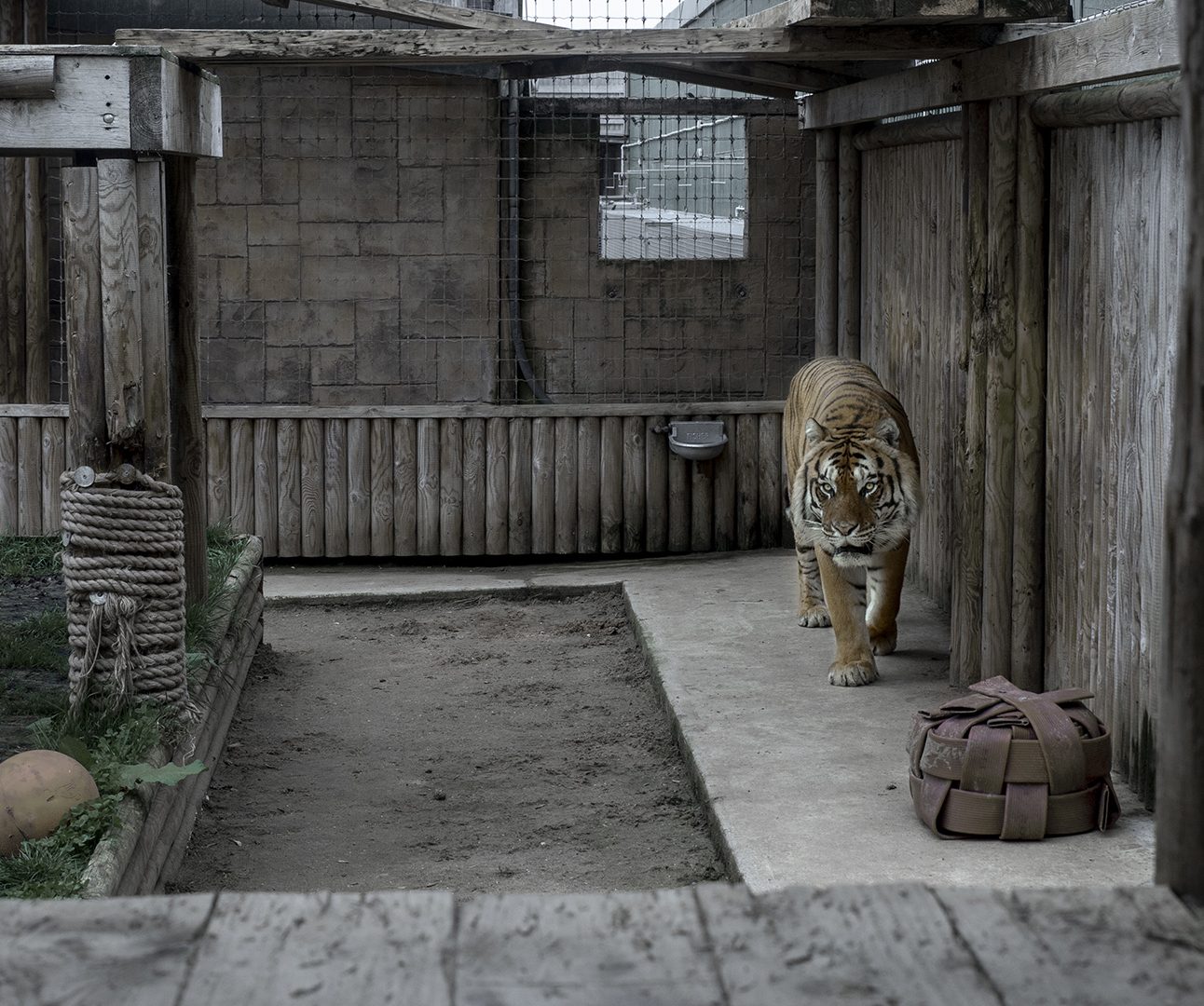
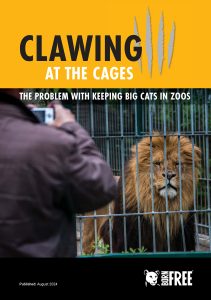 Born Free’s latest report, published in August 2024, exposes the truth the zoo industry doesn’t want you to hear – despite their claims, the keeping of big cats in zoos serves no real conservation purposes.
Born Free’s latest report, published in August 2024, exposes the truth the zoo industry doesn’t want you to hear – despite their claims, the keeping of big cats in zoos serves no real conservation purposes.